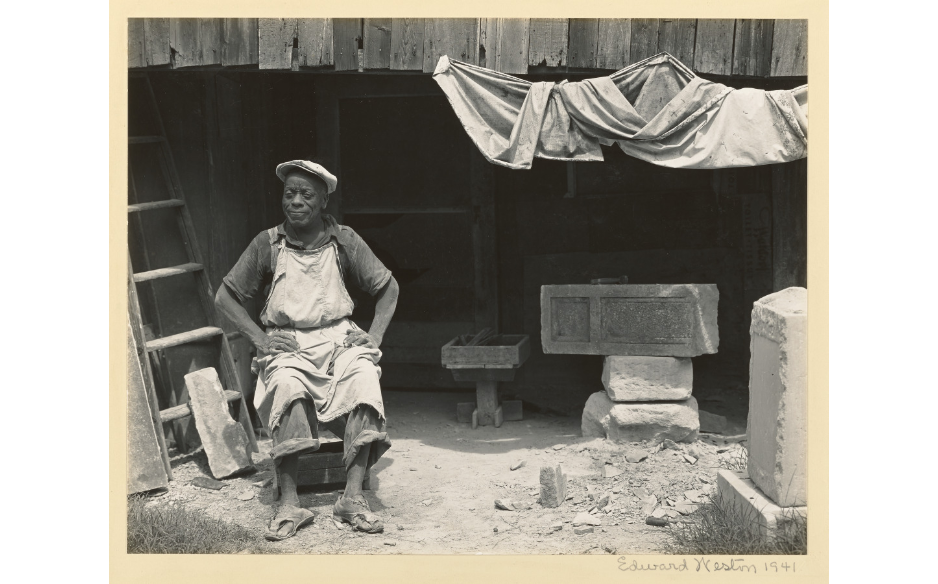Edward Weston's Satirical Fine Art Nude Photography on Wildcat Hill
Welcome To Wildcat Series: My Little Gray Home in the West
For a time, Edward Weston was not permitted to go to Point Lobos to photograph because of the war. During that time, he photographed satirical set ups at his home on Wildcat Hill. Edward's fine art nude photography spanned many genres and this is one of the more theatrical time periods in his photographic career. Also learn about William Edmonson and the sculpture Edward acquired from him that still sits by the fireplace today! We hope you enjoy and please leave a comment about something you found interesting!
My Little Gray Home in The West
Edward was able to be very creative at his home on Wildcat Hill. For a time during the war, he was not allowed to travel to his beloved Point Lobos to photograph. This prompted him to create theatrical scenes at home to continue photographing. In the above photograph, he used two models, his lover Charis Wilson and her brother Leon Wilson as subjects in the scene. Many who see this photograph think the man playing the flute is Edward but it actually isn’t! Bodie house was the original building on the property and was standing even before Edward and Charis bought the property from Charis’ parents. Bodie house was first a garage of sorts, then a garden shed, then Charis’ writing studio and then it became a studio apartment which it still remains today. The name Bodie House originated from an old Bodie stove that used to sit in the kitchen. Today, the Bodie placard is fastened by the front door. Another interesting feature is that the stone steps you see in the photograph were built by Charis and they are still here today!
Edward Weston’s Portrait Photography
William Edmunson
While on an extended trip in 1941 through the United States on a commission to illustrate Walt Whitman’s Leaves of Grass, Edward Weston and his second wife, Charis Wilson (1914-2009), spent several days in Nashville, Tennessee. He made at least twenty-five photographs there, most of which were either portraits of the sculptor William Edmondson (1870-1951) in his studio or views of his work, including tombstones and garden ornaments. In her journal, now housed at the Huntington Library, Wilson described their visit to the artist's outdoor studio and the work spread out across his lawn: "Dotted over the green turf are horses, birds, squirrels, rams, imaginary animals, women angels, rabbits, eagles. In front of the shed a pile of uncut stones—hunks of limestone from wrecked buildings. Edmondson sits under the shed roof on a flat cut stump chiseling away at a stone. He is pleased to see us and tells Edward to make all the pictures he wants.” Edmondson, a celebrated sculptor, had become, in 1937, the first African American to have a solo exhibition at the Museum of Modern Art in New York.
Source: Adapted from Brett Abbott. Edward Weston, In Focus: Photographs from the J. Paul Getty Museum (Los Angeles: J. Paul Getty Museum, 2005), 84. ©2005, J. Paul Getty Trust.

